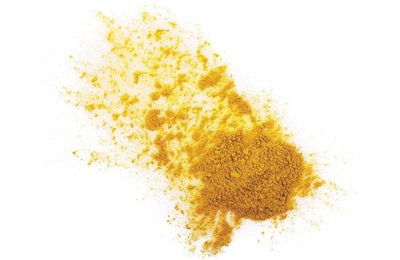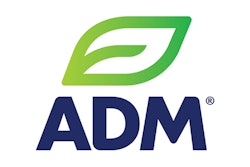
The trends of the human food industry have inarguably become solid indicators for coming trends in the pet food industry. As people turn their focus to the origins of the ingredients in their food, the quality, traceability and overall safety of those elements, including premixes, have become key indicators of product success. And while pet food manufacturers have always been aware of how ingredients can influence sales, current consumer wants have brought the importance of those indicators to the forefront.
“Quality standards are increasing, especially as the industry starts implementation of the Food Safety Modernization Act (FSMA),” said Jolene Hoke, companion animal technical sales specialist for ADM. Traceability is, inevitably, linked with those standards, leading ADM to look to technology for the latest quality and traceability solutions. “ADM’s Effingham premix facility has implemented a rigorous bar-coding system that allows for full traceability of each individual bag of ingredient used in our customers’ blends,” said Hoke. “Also, the implementation of a unique NIR system to fingerprint every ingredient coming through our facility provides us and the customers the assurance of ingredients received are what we expected.”
The complexity of overall pet food quality demands from today’s consumers can also be seen as an opportunity for premixes. “The fastest growing pet food brands today offer a more holistic formulation,” said Jeffrey Alix, global marketing manager for pet nutrition at DSM Nutritional Products. “These brands contain a far more complex list of ingredients then what was typical in the past. Most pet food manufacturers cannot handle this many raw materials in their production facilities. Blending of these ingredients into premixes is often the only solution.”
Safety, as always, is vital at every level of pet food manufacturing, perhaps especially on the ingredient side. “As the market grows, it is critical that pet food producers and pet owners maintain trust in the quality and food safety of all ingredients used in prepared pet food,” said Trouw Nutrition. A single element added to a pet food formula can have an enormous reach. One metric ton of premix, for example, may be added to 200 metric tons of dog food at 5 kg per metric ton. Packed into 10 kg dog food bags and sold to 20,000 pet owners, that premix might reach 20,000 or more dogs.

As quality, traceability and safety become ever-more important to pet food purchasers, ingredient suppliers such as premix manufacturers should be keenly aware of the potential impact of their products.
Trouw uses a three-step process to ensure its premixes meet and exceed current global pet food industry safety standards, focusing on safe design, good manufacturing practices (GMPs) and prerequisite programs (PRPs), and HACCP (Hazard Analysis Critical Control Point) components.
Many current premix trends are responses to the more premium-centric desires of pet food purchasers looking to feed their pets the best food available. “Vitamins and minerals, and consequently VTM premixes, continue to be a main focus for the premium and superpremium pet food brand owners,” said Alix. “Much of this attention is based upon the high awareness level of vitamins and minerals among consumers often lending to the ‘reason to believe’ important label claims such as supporting ‘immune function’ and ‘bone and joint health’.”
As with many segments of the pet food industry, this has led to requests for “alternative” ingredients that meet all the necessary manufacturing requirements while serving a specific trend. “We are seeing some change in the type of carriers requested for vitamin and trace mineral premixes,” said Hoke. “Traditionally, rice hulls have been a staple carrier in the premix industry. However, as the demand for grain-free and gluten-free products grows, the demand for alternative carriers seems to be increasing, as well.” This has led ADM to offer dried cooked edible beans as a carrier, a good fit for this type of request, according to Hoke, as they are bland in flavor, non-GMO, grain free and gluten free.
Another human trend that has hit the pet food market is the desire for locally or regionally sourced products. “We are seeing some increase in demand for carriers, vitamins and minerals to be supplied closer to the same region where the pet food is manufactured,” said Hoke.
Whether it’s the larger questions of quality and safety, or consumer trends that need addressing, premix manufacturers are focusing more than ever on supplying the most premium products to their customers, proving that everyone involved in pet food, no matter which step in the process, must stay on top of what pet food purchasers are looking for on store shelves.
More on pet food ingredient suppliers
Pet food safety and FSMA resources
Petfood Industry: www.petfoodindustry.com/topics/307
FDA: www.fda.gov/Food/GuidanceRegulation/FSMA/
FSMA key elements: https://goo.gl/IkQwNi
Government FSMA guidance documents: https://goo.gl/W53ysY


















